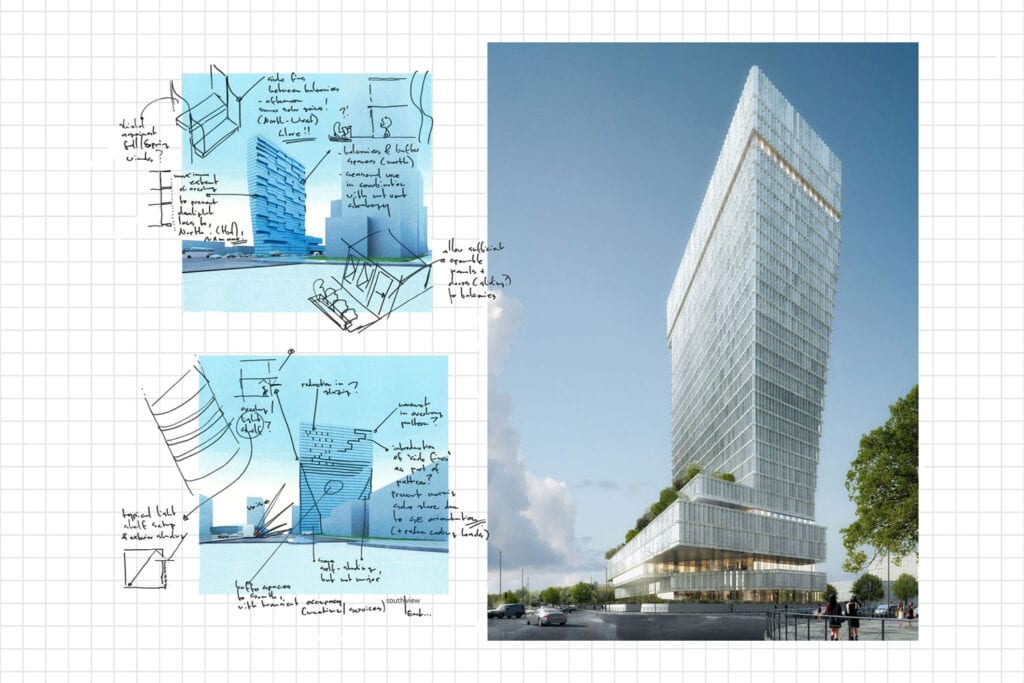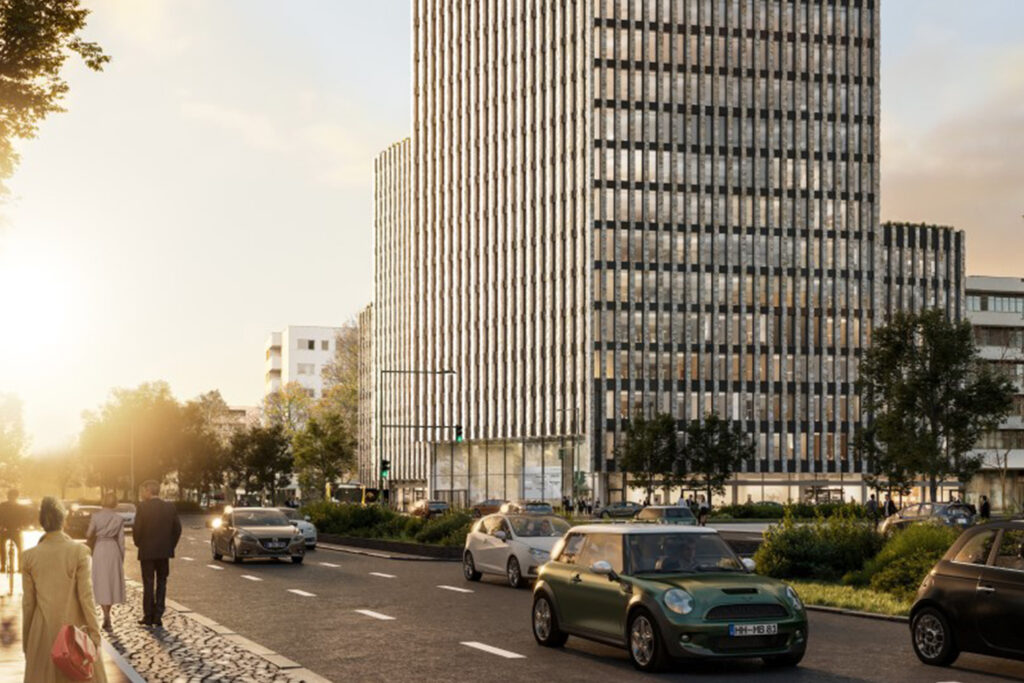CIBSE creates Society of Digital Engineering
CIBSE recognises digital engineering by creating the first Society of Digital Engineering
We interviewed Michael Bartyzel – UK BIM Lead at Buro Happold and one of the driving forces behind CIBSE’s new Society of Digital Engineering (SDE) – to find out more about what the SDE will mean for our profession.

Michael, why is the Society of Digital Engineering needed?
Until now, no-one has really been looking after the new, so-called ‘digital natives’. There has been plenty of noise about BIM, but no real platform for working advice and no peer network. And there hasn’t been any way to officially recognise this kind of specialised knowledge.
The SDE is a way of acknowledging what so many of us have been doing for some time within our industry. Through the SDE, all kinds of people involved in digital engineering will be able to become members of the Chartered Institution of Building Services Engineers (CIBSE). It’ll also make it far quicker for younger people to be recognised for what they’ve achieved professionally and gain CEng accreditation.
Having seen technicians and engineers working in silos in the past, it is great to see design skills and digital skills finally converging, and to see digital engineering taken seriously.
“A much needed and warmly welcomed development, the SDE is a sign that our industry recognises the way digital technology is revolutionising our industry. There may never have been a more exciting time to be an engineer. Buro Happold is delighted to have played a leading role in its creation.”
Neil Billett, Global Design & Technology Director
So what exactly is the SDE?
It’s a new society created by CIBSE, aimed at anyone in the built environment who is involved in digital engineering – senior engineers, technicians, information managers, etc. It will offer them accreditation based on actual digital processes by and for engineers, as well as training, career advancement, and a place where they can network, share and create best practice.
It will provide eLearning opportunities leading to full membership of the SDE. The competence criteria it will use have been mapped against current CIBSE and Engineering Council UK requirements.
How did the SDE come about?
As Les Copeland, Chair of CIBSE Digital Steering Group, explained at the time of the launch, the SDE is “the culmination of many years work by the CIBSE Digital Steering Group.”
If we go back six years to 2011, CIBSE could see that BIM was everywhere, and there were large numbers of engineering professionals involved not only in building services but also product design, facilities management, information control etc., who had a shared understanding of working in a digital environment.
At that point in our industry, that sort of co-working wasn’t available to people working with Revit, although it was very much in existence within open source digital communities. In the engineering industry, people were often struggling to solve the same problems, but couldn’t benefit from one another’s workarounds and solutions as there was no way of sharing information.
To bring people – some of them competitors – together around a table to share ideas, CIBSE set up the BIM Steering Group – not the best name, as it extended beyond BIM into digital engineering for non-building projects. In time this became the CIBSE Digital Steering Group.
It has taken about a year to set up the SDE as an official CIBSE Society. Now, following its initial launch at the Royal Academy of Engineering on 12 September, there will be a further, even bigger launch event in November at Build2Perform.
How and why did Buro Happold get involved?
Buro Happold got involved with the Digital Steering Group early on. It made sense for us, given that we were at the forefront of BIM digital design. CIBSE consultant Carl Collins says that “Buro Happold has been a central and integral member of the CIBSE Digital Steering Group, providing us with peer reviewers for our publications, input into the main meeting and the working groups. It is going to be an important partner company for the SDE.”
I’m not the only person from Buro Happold to have been involved in the Digital Steering Group. Several other people have been key, including Andy Keelin, Kaval Patel and Agnieszka Szymczyk. It was Agnieszka who helped develop the training programme. In addition, Jose Fandos, who works with Buro Happold as an independent contractor, has recently become heavily involved. His CMS ‘Kinship’ has been an immensely valuable tool, helping to source and collect together Revit ‘families’ in a way that can be shared via the cloud. Kinship is such a great tool that it is now starting to be used by other firms.
At Buro Happold there are huge numbers of engineers working digitally. BIM enables us to manipulate more data, automate workflows and increase design resolution. While engineers still continue to carry out their traditional role, digital teams are able to increase the scope of what engineers can achieve by contributing additional data that they have curated. It is digital teams that translate design decisions into data sets, drawing sets, specifications and reports, as well as carrying out design automation and visual programming.
For engineers this is a relatively new skillset. It is transformational and now, at last, it is recognised by CIBSE.
“Automating the mundane will free us up to tackle wider issues impacting society: climate change, urbanisation and resource scarcity.”
Andy Keelin, Group Director, Buro Happold
You said that Buro Happold has been involved in BIM digital design for some time. How much is it a part of the practice?
Nowadays, all younger engineers learn to work digitally as part of their training, but we have also developed a training programme which every Buro Happold engineer has to undertake when they work here. It has three stages, each one with assessments at the end, and is a formal part of people’s professional objectives. We even have a version for our partners, which focuses on making sure that, as managers, they are aware of the potential of this approach.
You’ve made the SDE sound very attractive – can anyone join?
Although it’s primarily been created for digital engineers from CIBSE’s main regions (the UK, Republic of Ireland, Australia & New Zealand, Hong Kong, and the UAE), it will also be open to people working in this field right around the world.
What do you hope it will achieve?
At long last, there will be proper recognition within the engineering profession for the people involved in this type of work – and there will be a faster route to chartership for the younger generation of digital natives. For me, the SDE is a very welcome acknowledgement of – and investment in – our younger generation.









